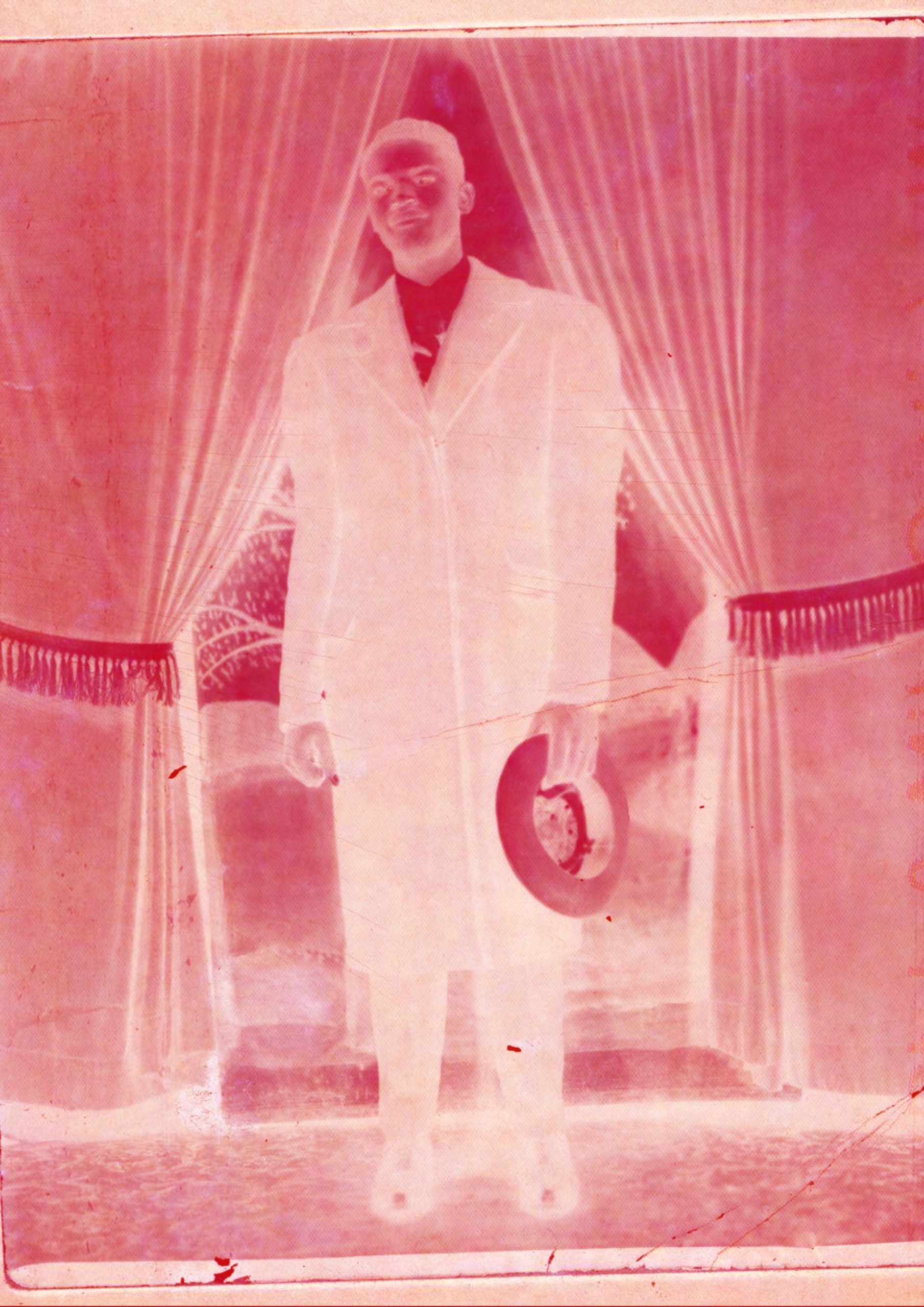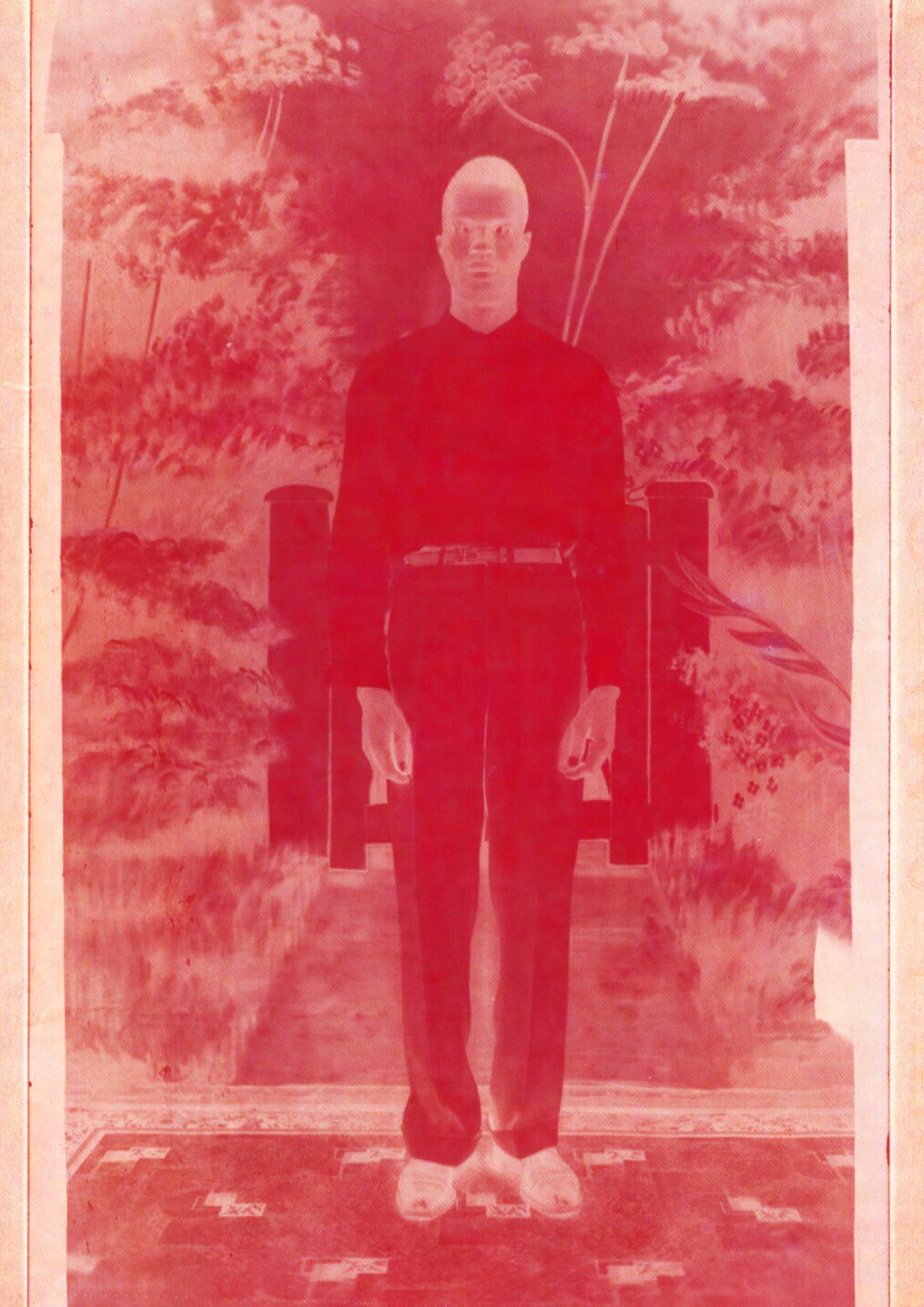In an interview with Louisiana Channel, artist Arthur Jafa notes; “pictures allow you to own things. Walking down the street you see a dead body you can’t take it home with you, but you can take a picture with you.” He elaborates: “It’s a way to access the experience or the confrontation with the thing”.
This idea that pictures allow us to own things might explain our impulse and our need to reach out into the past and draw out images of our histories as a way to string together aspects of ourselves; that is to say who we are and what our relationship to the world is. Our sense of belonging and our connection to history rely on hidden, forgotten and disappeared images of our ancestors. For this reason, the archive becomes an important site of excavation and an important site of (re)creation, what anthropologist Aleida Assman refers to this as cultural memory where she frames “the archive as a proxy for memory, particularly memory relating to cultural heritage”.
Frida Orupabo is a sociologist and artist working in Oslo, Norway. Her work includes digital and physical collages which explore questions of race, family relations, gender, sexuality, violence and identity. Orupabo’s practice of collaging narrative —through black and white images—is very much centred on the project of memory and cultural heritage. She is excavating and constantly and continuously attempting to assemble various parts of intersecting identities. The work is expressively powerful and elicits a strong emotional reaction and complex readings. We see Black bodies in space —floating, rooted, seated, stretched and sometimes it’s just body parts, interposed on top of each other.
Orupabo is known for her incredibly affective, enthralling Instagram feed; nemiepeba, where she archives a collection of images that sometimes end up in her collages.
I had a short email conversation with Orupabo where she spoke to me about her process, questions of belonging and her understanding of intersectional identities.

NM: I’m interested in your choice of medium, collaging. Thinking about collaging as a piecing together, in a sense; maybe of histories, forgotten narratives? What does this medium mean to you in the context of the work you are producing?
FO: Yes, my work with collages is very much focused on creating new narratives. By putting images together that originally [were] not meant to stand together; I am trying to disrupt, question and recreate existing narratives, truths, assumptions.
It’s also a way for me to explore belonging. I just read a paragraph from Grada Kilomba’s plantation memories where she states that:
black bodies are constructed as improper bodies, as bodies that are out of place and therefore as bodies which cannot belong, while white bodies are constructed as proper; bodies ‘in place’, ‘at home’, bodies that always belong, everywhere.
I am very interested in this notion of who belongs where and why.
NM: In an interview with Looking Glass Collectively, you are quoted as saying; “I want to create work that challenges established notions of black, female identity”. How has your understanding of and relationship with the black female identity evolved over changed over the years?
FO: I’m not sure. What I know is that I am still interested in these “categories”: black and female; the intersection and how black women are being portrayed and perceived (for instance in the mainstream media) and further the consequence of these ways of seeing, for me/us.

NM: Can you tell me a little bit about where you source the images for your collages? Does it matter where they come from?
FO: No, It doesn’t matter where they come from. I look for images everywhere, mostly online from Tumblr, eBay, Pinterest, Google. Usually, it is linked to “research”. Reading about certain things while at the same time collecting images. The starting point is always the archive. And from there I develop the collages. I seldom use images from the physical archive – most are found online which often leads to issues in relation to resolution. My archive is full of low res images. So the process of enlarging the digital collages and making them physical is often a tiring process where you often have to give up certain body parts, faces (that you love and are really happy with) for body parts and faces with a higher resolution.
NM: Instagram seems to be a part of your process, I thought that this relationship between old colonial archived images and Instagram as a medium is an interesting one; the archive as hidden and closed and Instagram as open? Thoughts?
FO: Yes, Instagram is, among other things, operating as an open archive. I like things to be open, accessible, shared… This is what my work depends on. Without sharing, I/we are not going anywhere. To quote my friend, Arthur Jafa:
It’s not a library book but in its availability, in its complexly democratic, jazzy dyslexically, in its unfurling, permutational mode of public address, its combination of intimate scale and infinite scope, it is as emancipatory as the random access to deep feeling and thinking made manifest in the humble ‘library book’. Not owned but freely accessed.”
Not owned but freely accessed! As it should be.

NM: Your images are not always easy to look at, what are you trying to get people to see? Or maybe an important question is what do you see in these images?
FO: I don’t think too much about the audiences when I work; or what I want people to see or understand. When I look at my own work I see me, but also women with different stories from my own. I agree that my work is not always easy to look at but it is not only grief and pain. It’s also pleasure, and strength and joy.
NM: I’m going to give you six words below and I would like you to tell me what associations you make with them in relation to your work:
- Hybrid: makes me think about the word “mulatto”. To be viewed as not fully human or whole; as an illness; object for study; as “something” to be viewed in a circus or zoo.
- Truth: European culture, whiteness, power. And the importance of several truths, and narratives.
- Proposition: alternative ways, communication and dialogue.
- Colony: The use of colonial archives. The understanding of history, legacy and how past is part of the present. An understanding of the complexity of how strength and powerlessness can coexist (here still with a focus on the colonial archives).
- Blackness: Seen in relation to whiteness. As social, cultural, historical constructs. Questioned and redefined through the visual.
- Beauty: Challenging western standards. Internal combats.




















































